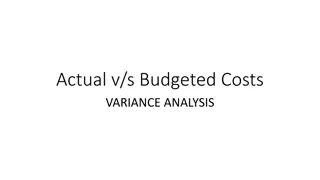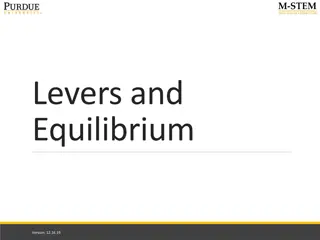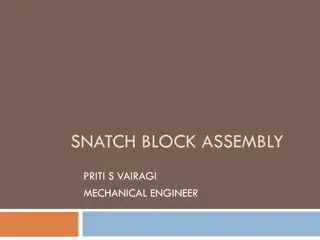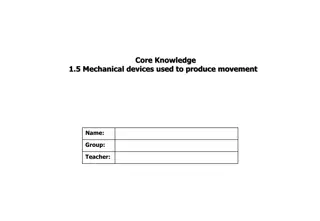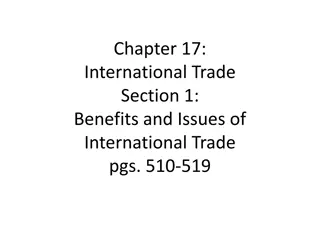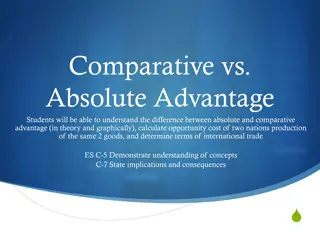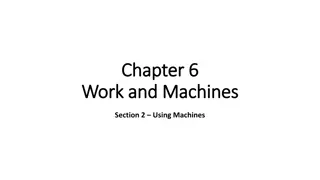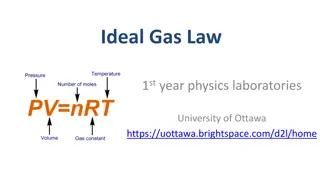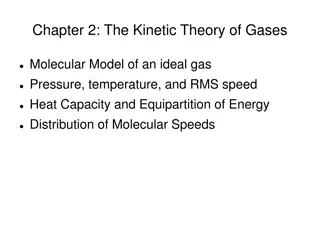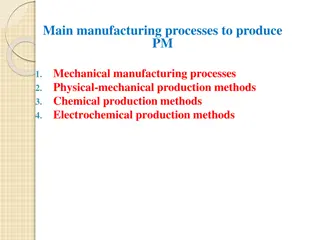Investigating Ideal and Actual Mechanical Advantage
Ideal Mechanical Advantage (IMA) offers a theoretical comparison without considering friction, calculated by Resistance Distance divided by Effort Distance. Actual Mechanical Advantage (AMA) considers friction forces, measured in Newtons, giving a more realistic sense of work. AMA calculation involves dividing Resistance Force by Effort Force. Convert Newtons to weight units for accuracy.
Download Presentation

Please find below an Image/Link to download the presentation.
The content on the website is provided AS IS for your information and personal use only. It may not be sold, licensed, or shared on other websites without obtaining consent from the author.If you encounter any issues during the download, it is possible that the publisher has removed the file from their server.
You are allowed to download the files provided on this website for personal or commercial use, subject to the condition that they are used lawfully. All files are the property of their respective owners.
The content on the website is provided AS IS for your information and personal use only. It may not be sold, licensed, or shared on other websites without obtaining consent from the author.
E N D
Presentation Transcript
Ideal Mechanical Advantage Ideal Mechanical Advantage (IMA) is an excellent way to get an apples-to-apples comparison of theoretical mechanical advantage between two structures. However, it does not account for friction. IMA calculation: Resistance Distance --------------- Effort Distance
Ideal Mechanical Advantage In this example, the resistance distance (dR) is 10 meters, and the effort distance (dE)is 25 meters. Resistance Distance --------------------------- Effort Distance = IMA 10m ------- 25m = 0.4
IMA calculation: Ideal Mechanical Advantage Now you try! Resistance Distance --------------- Effort Distance dR_______ ----------- dE _______ = IMA ______ dR_______ ----------- dE _______ = IMA ______
IMA calculation: Ideal Mechanical Advantage Were you right? Resistance Distance --------------- Effort Distance dR3m ----------- dE 28m = IMA 0.11 dR100m ----------- dE 135m = IMA 0.74
Actual Mechanical Advantage Actual Mechanical Advantage (AMA) is similar in nature to IMA, but we are now considering the forces of friction in both the weight (resistance force) of the object and distance traveled (effort force) so we can get a more realistic feel. We call these forces, measure them in Newtons (N) using a spring scale, and label them as RFfor resistance force and FEfor effort force. AMA calculation: Resistance Force --------------- Effort Force Newtons can easily be converted to units of weight. For example, 1 kg is equal to approximately 9.8 Newtons. Google has a converter built into its calculators.
Actual Mechanical Advantage In this example, the Resistance Force RFis 50N as measured by the scale, and the Effort Force FE is 5N as measured by dragging the weight over the inclined plane. Resistance Force --------------------------- Effort Force = AMA 50N ------- 5N = AMA 10 We can say that this inclined plane makes the work 10 times easier!
AMA calculation: Actual Mechanical Advantage Now you try! Resistance Force --------------- Effort Force RF_______ ----------- FE _______ = AMA ______ RF_______ ----------- FE _______ = AMA ______
AMA calculation: Actual Mechanical Advantage Were you right? Resistance Force --------------- Effort Force RF35N ----------- FE 10N = AMA 3.5 Which one is easier? RF100N ----------- FE 28N = AMA 3.57




